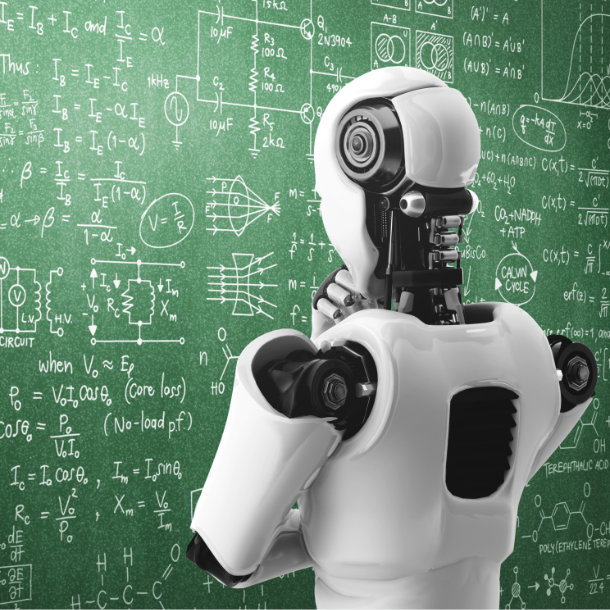
Exactly how AI-supported tools can be used in teaching is clearly described in a guideline issued by the rectorate. In addition, there are educational concepts and recommendations for preparing a course, for using AI-supported tools in a course, and even for developing methods to assess performance considering the availability of AI-supported tools. In addition, citation suggestions for indicating the use of AI are provided for teachers and students.
Higher Education and Programme Development
Lessingstraße 32/2nd floor
8010 Graz
Vr-lehre@tugraz.at
Members of TU Graz can find all important information on the topic of using AI use in teaching on the TU4U intranet:
FAQ about AI at TU Graz
The use of AI-supported tools is regulated in the guidelines of the Rectorate and in Excerpt of Statues: Plagiarism
In principle, there is a legal obligation to inform students before the start of the semester whether AI-supported tools are permitted; otherwise they are to be regarded as unauthorised aids within the meaning of Excerpt of Statues: Plagiarism. In case of doubt or ambiguity, it is advisable to consult the course instructor.
In this case, this is tantamount to the use of unauthorised aids and the examination attempt will be assessed negatively as "U Ungültig auf Grund von Täuschung" (invalid due to cheating) and you will therefore lose an examination attempt.
Research by OpenAI shows that current AI detectors do not work reliably. As in the case of plagiarism, these systems can at best only provide an indication. If an AI checker indicates a high level of overlap, further human verification by the teacher is required.
It is important that you adhere to the principles of good scientific practice and label the use of AI-supported tools. Do not adopt the content provided by these tools without reflection, but check it critically/scientifically before you use it for your submissions.
Basically, the general principles for scientific work and writing remain unchanged: Transparency and comprehensibility. Sources and resources used should be cited in a meaningful way, if possible at the specific point in the text where they were used. As long as no recognised practice for the use and labelling of artificial intelligence has been established (such as the citation guidelines of your discipline for texts and text passages by other authors), you should discuss this topic with your supervisor: In what way can you use AI for writing your academic papers? How and to what level of detail should this be labelled (see AI citation suggestion)? Please note that if you use artificial intelligence to write your academic work, you are personally responsible for complying with good scientific practice (handling other people's intellectual property, observing copyright, checking the truthfulness of the output, etc.).
On the one hand, AI-supported tools can be used by teachers as an aid in the preparation and methodological-didactic planning of courses. On the other hand, they can be used in courses specifically to support the acquisition of both subject-specific competences and the use of AI. Further information can be found in the TELucation articles.
We have provided citation suggestions in the document Labelling the use of artificial intelligence.
The use of AI-supported tools, especially those that can generate text, poses a challenge for the assessment of written examination formats, as current plagiarism software cannot reliably recognise these tools. This means that it can be difficult to distinguish authentic student work from AI-generated content. This requires teachers to rethink the design and delivery of assessments to ensure that assessment methods remain fair and reliable. This may mean that alternative assessment formats or additional assessment measures need to be considered to uphold good academic practice.
Further information for staff: Examination / AI-supported tools
Please send questions and feedback to vr-lehre@tugraz.at

